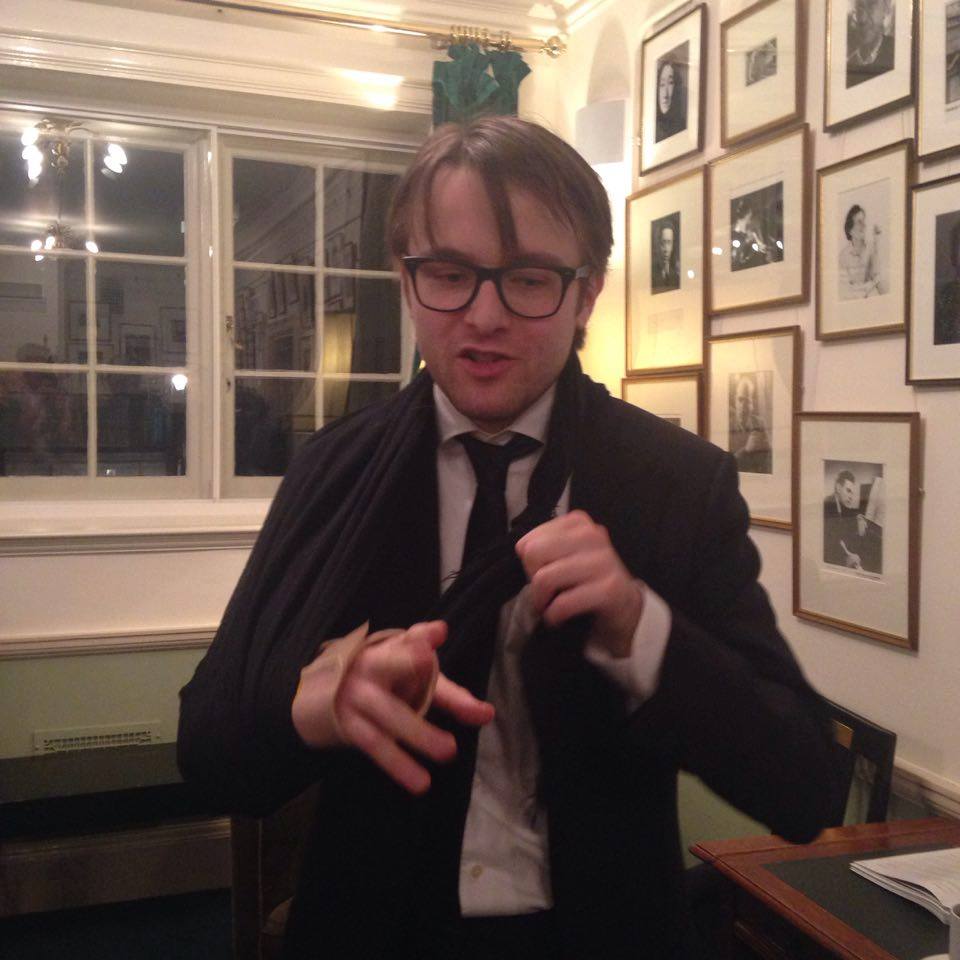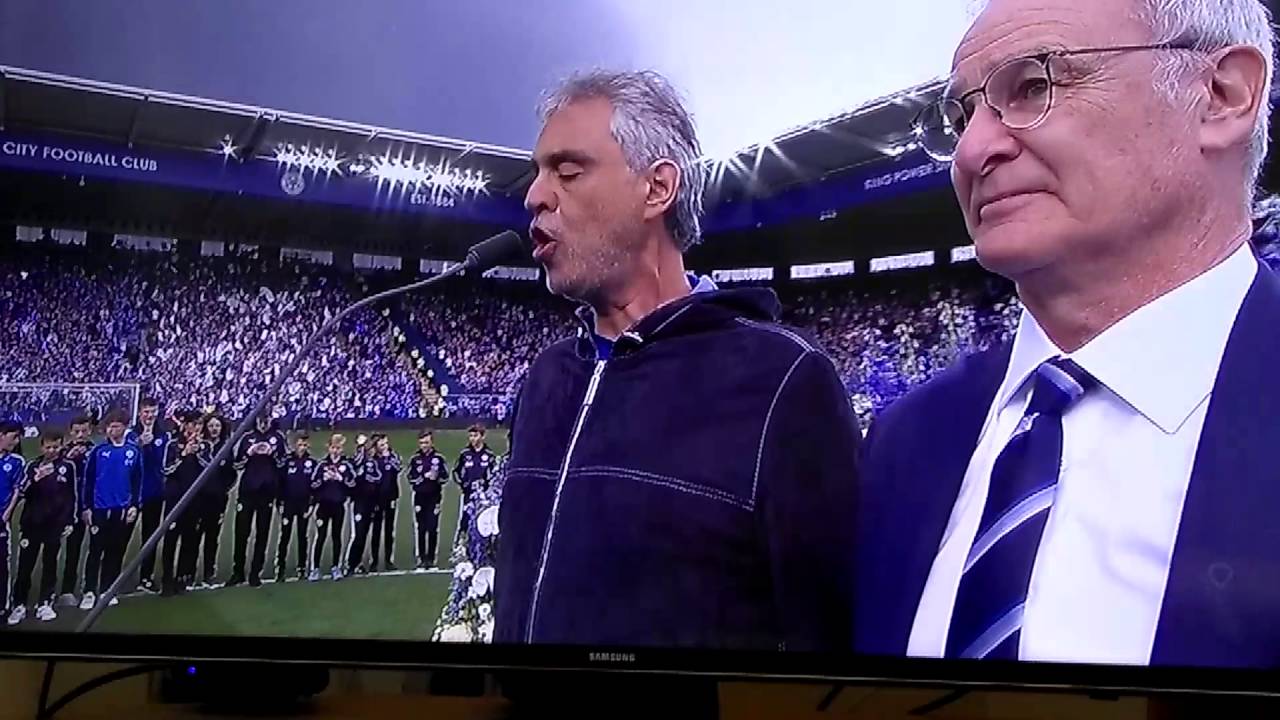

Andrei Shislov, founder and first violiinst of the Shostakovich Quartet, died today at 71.
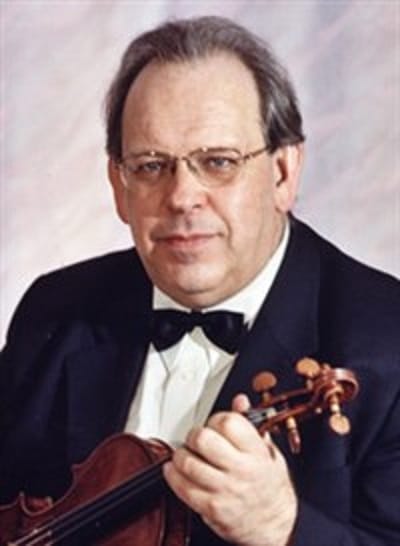
The quartet was formed in 1966 by four students at the Moscow Conservatoire.
Earlier this week, we reported the death of the quartet’s viola player, Alexander Galkovsky.
The three Finalists for BBC Young Musician 2016 have been selected. They are saxophonist Jess Gillam, cellist Sheku Kanneh-Mason and French Horn player Ben Goldscheider (pictured).
It’s unusual to have a final without piano or violin.
The final will take place on Sunday 15 May at the Barbican. It will not be shown live but will be recorded for broadcast later the same day at 7pm on BBC Four, and on BBC Radio 3 at 7:30pm, thereby draining the event of its public immediacy. The executives who makes these decision are more concerned with internal BBC considerations than with maximising the impact of the young musicians.
The Finalists will perform:
Jess Gillam: Michael Nyman’s Where the Bee Dances
Ben Goldscheider: Richard Strauss’s Horn Concerto no. 2
Sheku Kanneh-Mason: Shostakovich’s Cello Concerto no. 1
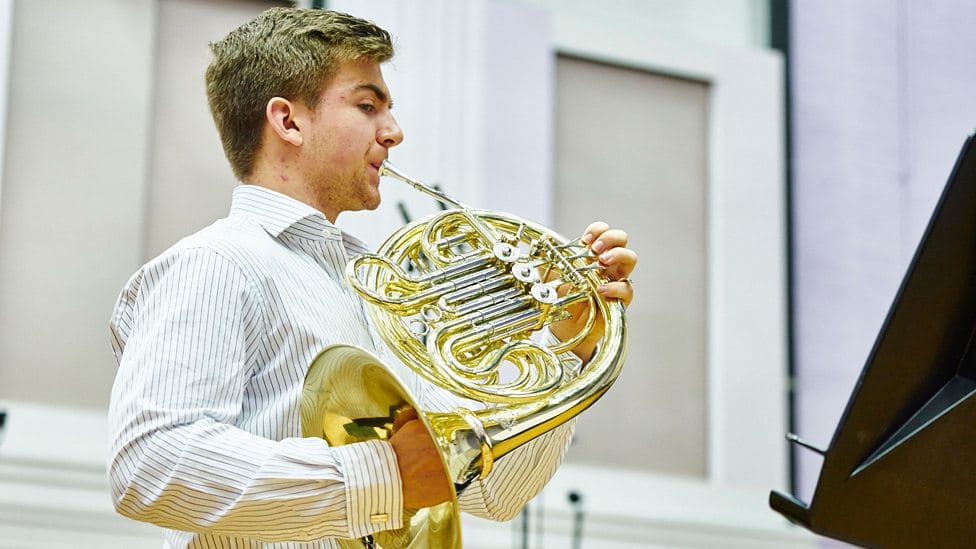
From Joseph Joachim’s eulogy at the grave of Clara and Robert Schumann.
Well worth reading here, in English and German.
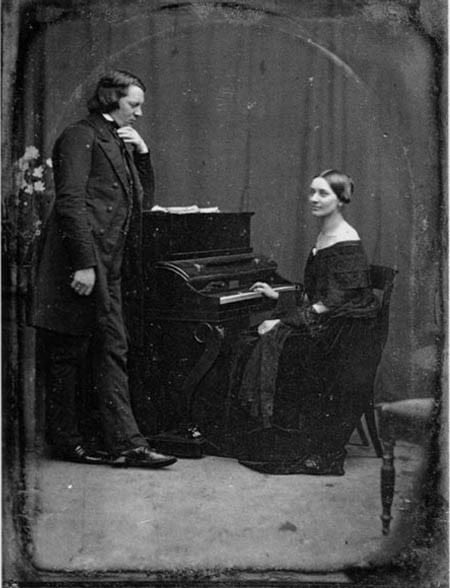
h/t: Joachim scholar Robert Eschbach
Our latest diary instalment from Anthea Kreston, wide-eyed American violinist in the Berlin-based Artemis Quartet.

This week the teaching part of my job with the Artemis began. In addition to playing concerts, the position came with two teaching positions – one at the Universität der Künste Berlin (University of the Arts), and the other is the Queen Elizabeth Music Chapel in Brussels.
The UdK is the largest art school in Europe and is known to be one of the most diverse arts schools world-wide. Past teachers include Feuermann, Joachim, Clara Schumann, and Schoenberg. The Artemis is on faculty – we each have responsibility for 6 chamber groups, and in addition we share 8 “master groups” amongst us, helping to prepare them for international competitions and the day-to-day details of beginning a career as a professional quartet.
There are also open master classes and concerts to attend. This week we got the names of our groups and have begin to set up the schedule.
Chapel is located in a beautiful little town just south of the main Brussels airport. The Artemis Quartet is the Master Quartet in Residence, and is in charge of all chamber music that happens in this highly usual place. There are a handful of teachers – Gary Hoffman for cello, Augustin Dumay violin, Miguel da Silva viola, Maria João Pires piano, Alfred Brendel piano, and the Artemis. The Artemis each visit Chapel individually several times per year for a handful of days for intense work with the chamber groups which we have selected from live auditions. The facilities are incredible – a historic building houses the staff and many Curtis-style practice/teaching/performing rooms. The new wing is state-of-the-art with three concert venues, 10 studios for the 10 selected solo artists/students, and a fully-staffed kitchen and rec area.
The groups which I coached were all in the midst of healthy careers – having won international competitions, with management, and recording contracts. It felt a little like being back at Curtis – when I landed there at age 18 it seemed like everyone was already completely established with full careers.
The groups themselves mainly travel to Chapel for our coachings – several are based in Paris. I met for three-hour sessions with each group, in the wooden concert hall with a backdrop of a full glass wall looking out to a forest with passing deer. If it sounds unbelievable, it felt unbelievable. Outside the main entrance was a reflecting pool with the requisite mold-covered Greek goddess sculpture. Just paradise. And there were lots of cappuccino machines sprinkled throughout the buildings. On more than one occasion I was steered away from one machine by a student, with the advice of finding a better one in the next room. I liked that.
The groups I worked with were Trio Busch (preparing for a possible manager), Trio Zadig (now at the Fischoff Competition), Quartuor Hermès (winners of Young Concert Artists and preparing for a recording of the Ravel Quartet), Quartour Arod (getting ready for ARD) and Trio Medici (competition the following day). All of the groups were focused, exquisite, and open to my suggestions. The repertoire was – for trio – Beethoven Op. 1/1, Op. 1/3, Mendelssohn 1 and 2, Shostakovich, Ravel – for quartet Beethoven 132, Ravel, Bartok 3, and Haydn 76/1. Lots to have on hand, especially since I have had to get 12 quartets up and running for the Artemis. But – luckily I had played all the trios and all but one quartet.
On the final day I was miked and readied for a video 2 hour masterclass. It might already be up on the Chapel website, not sure. The groups were Arod and Zadig and I think we had a great time. We were loose but serious – I pushed but was supportive. In the end, we had an audience singalong to the Beethoven 132. See – late Beethoven isn’t scary!
Speaking of rep – guess what is on the docket for me coming up? Am I the luckiest girl alive – pinch me I must be dreaming! Schubert Quintet in Istanbul with Gautier Capuçon, then Beethoven 135, 130, 133, Mozart Dissonance, Schubert G Major, Bartok 2, Shostakovich 7 and the quintet, Mendelssohn 44/1, and Schumann 1 and 3. Recording for Warner – probably Shostakovich and beginning of Bartok box.
Aaaaaaaand we have water in the kitchen now. For the love of all things Good and Mighty I have clean socks and don’t have to do the dishes in the bathtub anymore.
Last piece of advice – don’t try to dump the leftover oatmeal down the tub drain. It doesn’t really work.
A former World Bank official took up the harpsichord in retirement. Then she and a neighbour started putting on Baroque concerts with well-known artists in their suburban homes.
Lovely story with a lifestyle twist, in the Washington Post.
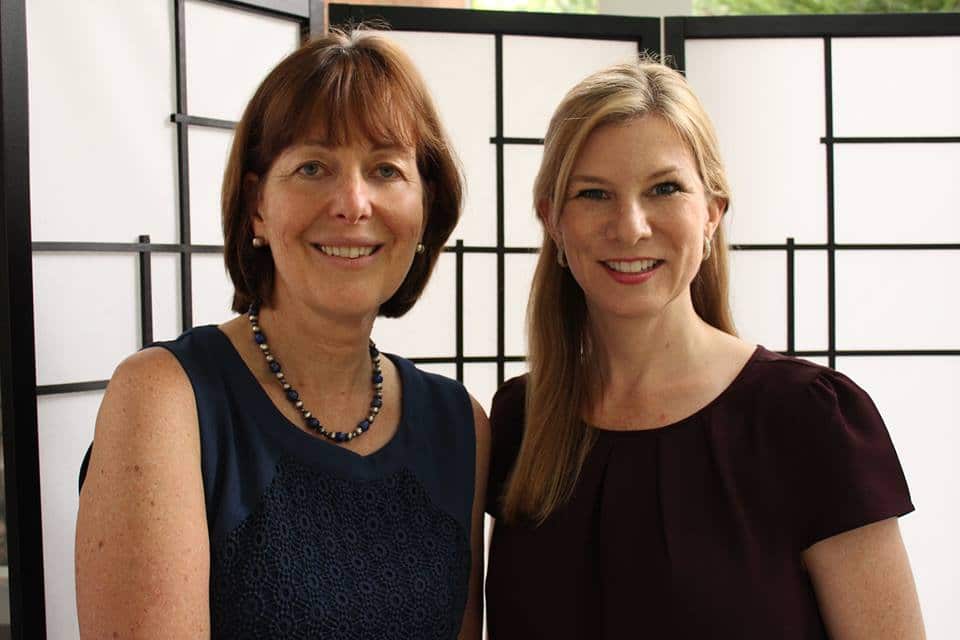
This is the original Clare Fisher string arrangement for the Prince penned song “Nothing Compares 2 U”, a song he wrote for The Family (on their self titled album).
This video features the original singer Paul Peterson & saxophonist Eric Leeds.
Apparently, Prince’s album Parade was named for the Erik Satie ballet score. Prince recorded most of the album in France, where he lived at the time.

Unmissable video of an act of violin transmission.
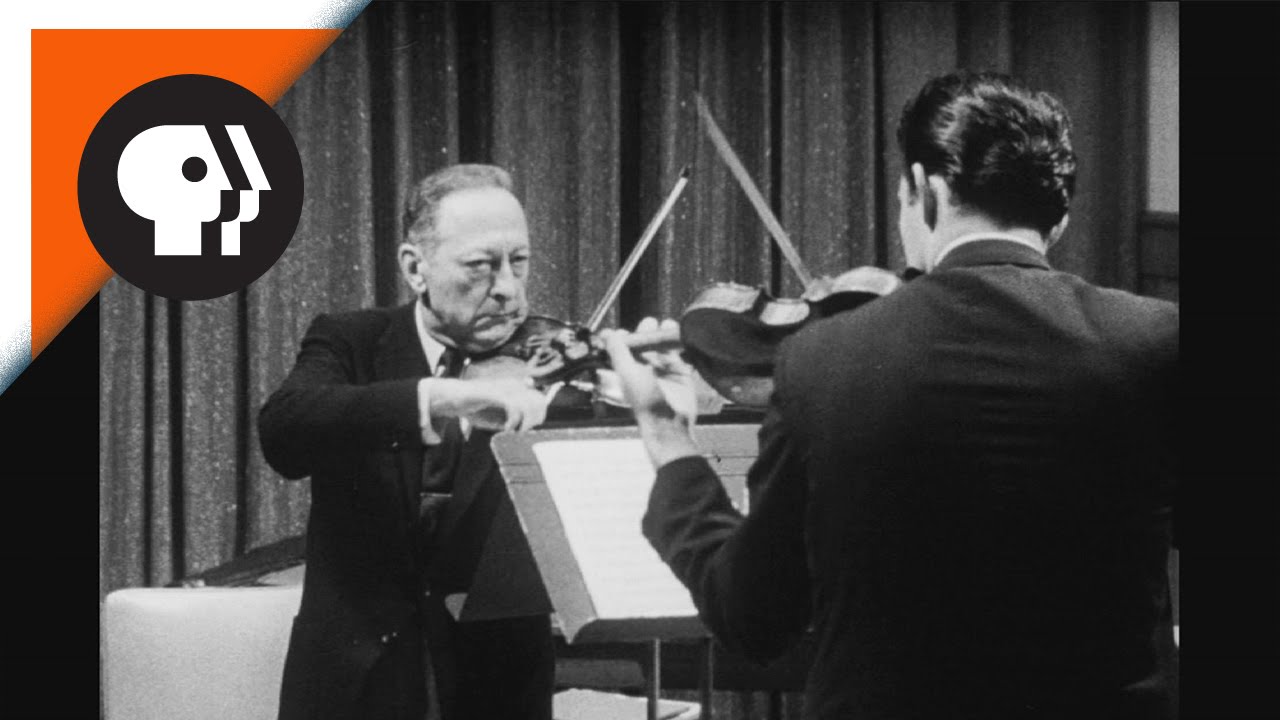
It is reported that a retired milliner, Herta Groves, was knocked down and killed by a passing lorry as she left the Wigmore Hall after a concert.
Mrs Groves, who was 96, used to make hats for Her Majesty the Queen.
She reached England in 1938, after Hitler seized power in Vienna.
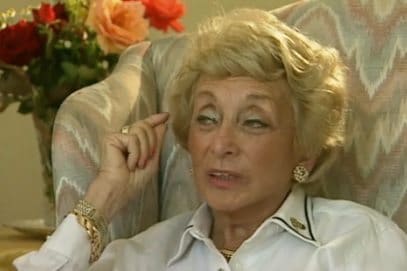
Martha Argerich, Riccardo Chailly and Filarmonica della Scala have agreed to play a free, open-air concert in the Piazza Duomo on June 12, at 9.30 pm.
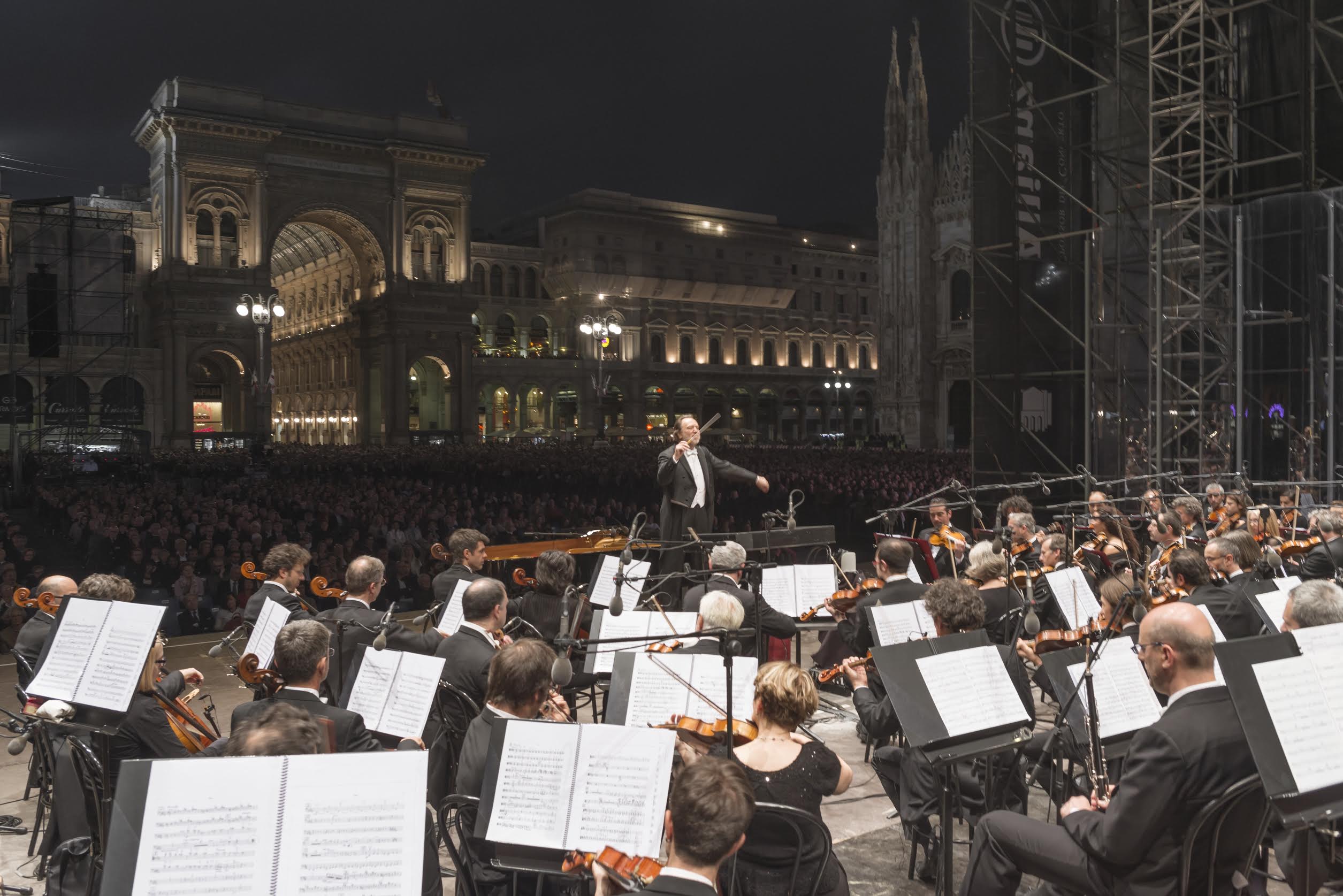
The programme:
Paul Dukas L’apprenti sorcier
Igor Stravinsky L’oiseau de feu
Maurice Ravel, Concerto per pianoforte e orchestra in sol maggiore
Bolero
Filarmonica della Scala
Riccardo Chailly, conductor
Martha Argerich, piano
From the Lebrecht Album of the Week:
In May 2015, visibly frail, the august Nikolaus Harnoncourt stood before his Concentus Musicus Wien and directed two Beethoven symphonies in a reading that followed closely what the composer had written in his score. If Beethoven gave a primitive horn an impossible low D to play, that’s how Harnoncourt wanted it played and not, as others do, switched it to the bassoon. It’s a vital question, he said, of ‘whether it is possible to achieve your goals’.
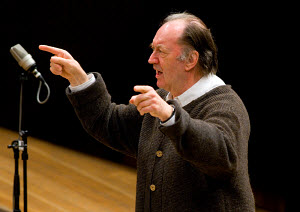
The Economist publishes a fine article today (by Elisabeth Braw), extolling the virtues of Fazioli pianos. Many concert artists, the paper maintains, are switchig over from Steinway.
One is Daniil Trifonov, whose Fazioli preference is an open secret backstage even though he remains officially a Steinway Artist.
Elisabeth Braw adds: ‘Angela Hewitt, a renowned interpreter of Bach, performs on Fazioli instruments whenever possible. “The action is incredibly responsive to every variation in touch, and everything I imagine in my head I can produce with my fingers,’ she explains. ‘Other pianos can be very beautiful but are less interesting, because the sound cannot be varied to such an extent as on a Fazioli.’
So should Steinway be worried? Read here.
